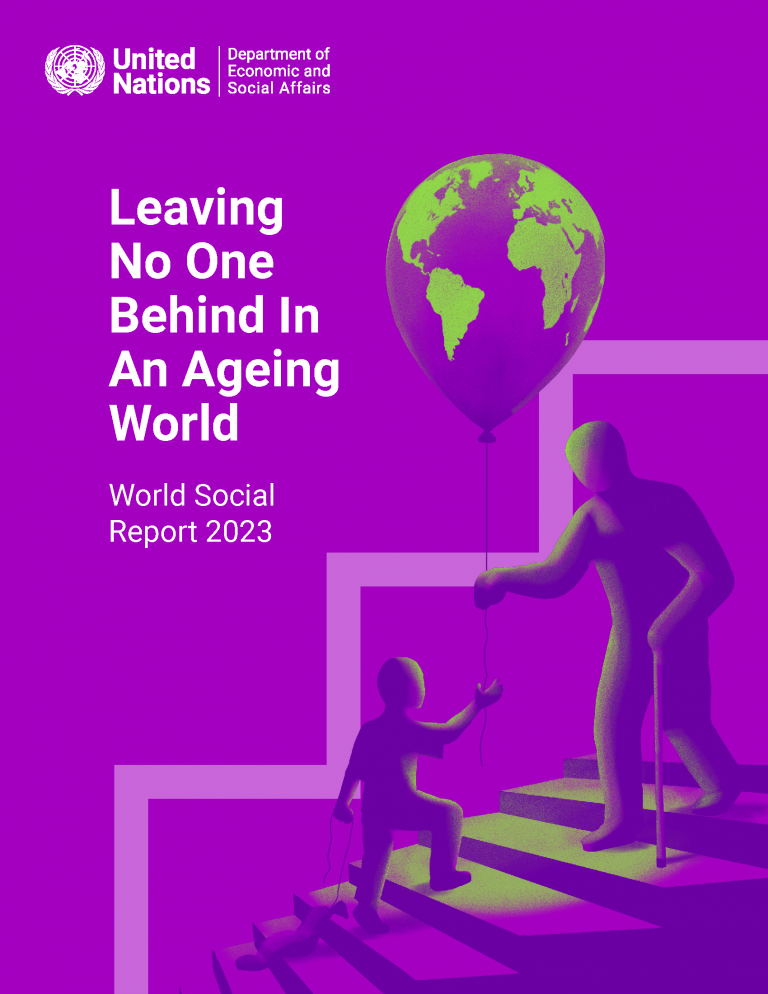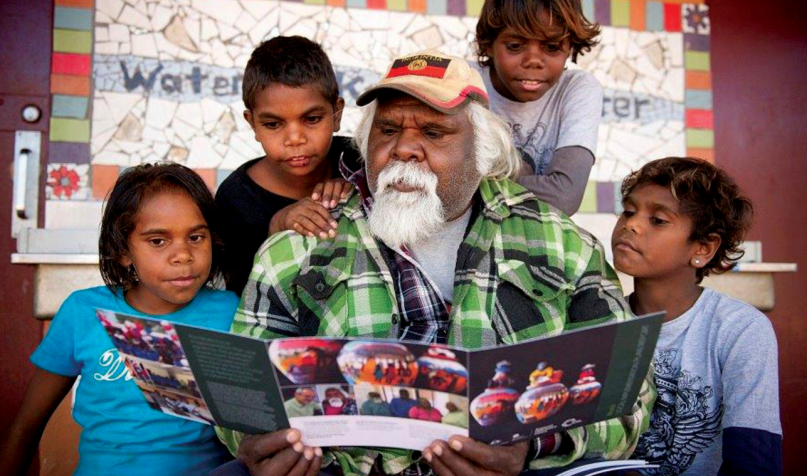Publications
Displaying 31 - 40 of 689
Flagship Reports |
Population ageing is a defining global trend of our time. People are living longer, and more are older than ever before. Spectacular improvements in health and survival and reductions in fertility have driven this momentous shift, which has begun or is expected to begin soon in all countries and areas.
This change brings both challenges and opportunities as countries strive to achieve the Sustainable Development Goals (SDGs). In 2022, the world marked the twentieth anniversary of the adoption of the Madrid International Plan of Action on Ageing. To commemorate this landmark, the World Social Report 2023 explores the economic and social implications of the ageing of the human population. It…
Policy Briefs |
PDF document available at: https://www.un.org/development/desa/dpad/wp-content/uploads/sites/45/publication/PB150.pdf
Worldwide, populations are ageing rapidly due to gains in life expectancy and declines in fertility. The trend towards a growing number and share of older persons is projected to continue in the foreseeable future. As the number of older persons grows, their socioeconomic and demographic characteristics will evolve as well, with implications for economies, societies and public budgets.
While long-term trends are hard to predict, assessing the characteristics of current and future cohorts of older persons provides important insights into the future of our ageing world. On…
Policy Briefs |
PDF document available at: https://www.un.org/development/desa/dpad/wp-content/uploads/sites/45/publication/PB149.pdf
Introduction
Public institutions are confronted with far-reaching and complex challenges in building an inclusive and resilient post-COVID-19 society, ranging from public health and employment to education and social protection. These are coupled with other pressing challenges toward achieving the 2030 Agenda for Sustainable Development, including poverty eradication, climate change as well as energy and food crises. As governments alone cannot effectively respond to these multi-faceted challenges and “participation is a key dimension of governance and one of the pillars…
Policy Briefs |
PDF document available at: https://www.un.org/development/desa/dpad/wp-content/uploads/sites/45/publication/PB151.pdf
Languages are one of the most significant emblems of human diversity, revealing how we can perceive, relate to, and understand the world differently. Languages are vehicles of our cultures, collective memory and values. They are an essential component of our identities.
Out of the 6,700 languages spoken worldwide, forty percent are in danger of disappearing. Indigenous Peoples make up less than 6 percent of the global population, yet they speak more than 4,000 of the world’s languages. Most of the languages that are under threat are Indigenous languages.
This dilemma is…
UN ECOSOC Reports on Social Development |
UN ECOSOC Reports on Social Development |
UN ECOSOC Reports on Social Development |
UN ECOSOC Reports on Social Development |
UN ECOSOC Reports on Social Development |
 Welcome to the United Nations
Welcome to the United Nations



